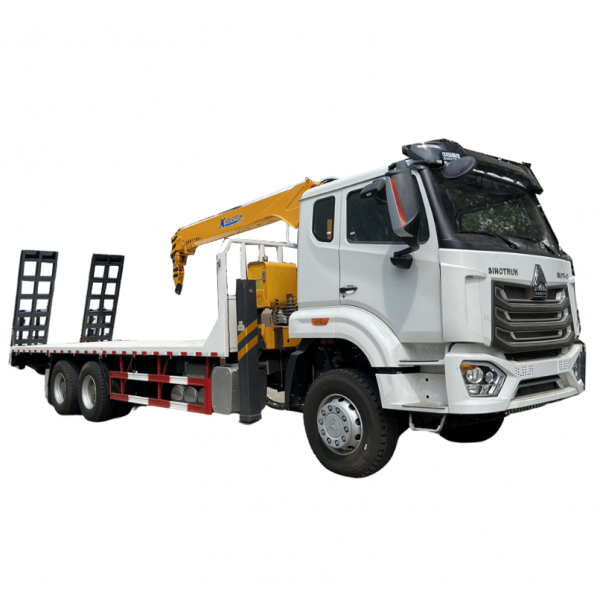Introduction
Garbage truck transfer stations play a crucial role in the efficient management of waste in urban areas. These facilities serve as key points where waste collected by garbage trucks is transferred, sorted, and processed before being transported to landfills or recycling facilities. In this article, we will explore the functions, design, environmental impact, and future trends of garbage truck transfer stations.
Function of Garbage Truck Transfer Stations
Garbage truck transfer stations are essential components of the waste management system in many cities around the world. These facilities serve as intermediate points where waste collected from households, businesses, and public spaces is brought by garbage trucks for further processing. The primary function of a transfer station is to consolidate waste from multiple collection points into larger loads that are more cost-effective to transport to final disposal sites.
At a transfer station, garbage trucks unload their collected waste, which is then sorted and separated into different categories such as recyclables, organic waste, and non-recyclable materials. The sorting process is crucial for maximizing the recovery of recyclable materials and reducing the volume of waste that ends up in landfills. Once the waste is sorted, it is compacted and loaded onto larger transport vehicles for transportation to landfills, recycling facilities, or waste-to-energy plants.
Design of Garbage Truck Transfer Stations
Garbage truck transfer stations are designed to efficiently handle and process large volumes of waste on a daily basis. The layout and design of a transfer station are carefully planned to optimize the flow of waste through the facility and minimize operational costs. Some key design considerations for transfer stations include:
1. Entrance and Unloading Area: Garbage trucks need easy access to the transfer station unloading area, which should be designed to accommodate multiple vehicles simultaneously. The unloading area is typically equipped with ramps or hydraulic platforms to facilitate the transfer of waste from trucks to the sorting area.
2. Sorting and Processing Area: Once the waste is unloaded, it is sorted, separated, and processed in the sorting area of the transfer station. This area is equipped with conveyor belts, sorting equipment, and compactors to efficiently manage different types of waste.
3. Recycling Facilities: Many modern transfer stations are equipped with on-site recycling facilities where recyclable materials such as paper, plastic, glass, and metal are sorted, baled, and prepared for transport to recycling plants.
4. Odor Control and Environmental Protection: Garbage truck transfer stations can generate unpleasant odors and emissions, so it is essential to incorporate odor control systems and environmental protection measures into the design of the facility. This may include ventilation systems, misting systems, and waste containment structures to minimize the impact on the surrounding environment.
Environmental Impact of Garbage Truck Transfer Stations
While garbage truck transfer stations are essential for efficient waste management, they can also have environmental impacts that need to be carefully managed. Some of the key environmental considerations associated with transfer stations include:
1. Air Quality: Transfer stations can contribute to air pollution through the release of particulate matter, volatile organic compounds (VOCs), and greenhouse gases. To mitigate these impacts, transfer stations are required to comply with strict air quality regulations and implement emission control measures such as dust suppression systems and air filtration technologies.
2. Noise Pollution: The operation of garbage truck transfer stations can generate noise pollution that may affect nearby residents and businesses. To address this issue, transfer stations are often equipped with noise barriers, soundproofing materials, and operational restrictions to minimize noise levels.
3. Water Contamination: Transfer stations can pose a risk of water contamination through the leakage of hazardous substances or leachate from waste stored on-site. To prevent water contamination, transfer stations are designed with impermeable surfaces, containment systems, and spill prevention measures to contain any potential spills or leaks.
Future Trends in Garbage Truck Transfer Stations
As cities continue to grow and urban populations increase, the demand for efficient waste management solutions is also on the rise. In response to these challenges, garbage truck transfer stations are evolving to incorporate new technologies and practices to improve their efficiency and sustainability. Some of the future trends in garbage truck transfer stations include:

1. Automation and Robotics: The integration of automation and robotics technology in transfer stations can help streamline waste sorting processes, increase operational efficiency, and reduce the need for manual labor. Automated sorting systems, robotic arms, and artificial intelligence can enhance the accuracy and speed of waste sorting operations.
2. Energy Recovery: Waste-to-energy technologies are becoming increasingly prevalent in garbage truck transfer stations as a way to recover energy from non-recyclable waste. By incinerating waste to generate electricity or heat, transfer stations can reduce the volume of waste sent to landfills and contribute to renewable energy production.
3. Data Analytics and Monitoring: The use of data analytics and real-time monitoring systems in transfer stations can provide valuable insights into waste composition, generation rates, and operational performance. By analyzing this data, transfer stations can optimize their processes, reduce costs, and improve environmental sustainability.
https://www.heli-truck.com/best-garbage-truck-brands-a-detailed-comparison/ play a critical role in the waste management infrastructure of modern cities. These facilities serve as key points where waste is collected, sorted, and processed before final disposal or recycling. By incorporating efficient design, environmental protection measures, and innovative technologies, transfer stations can help cities achieve their waste management goals while minimizing environmental impact. As urban populations continue to grow, the evolution of garbage truck transfer stations will be essential in meeting the challenges of sustainable waste management in the future.
